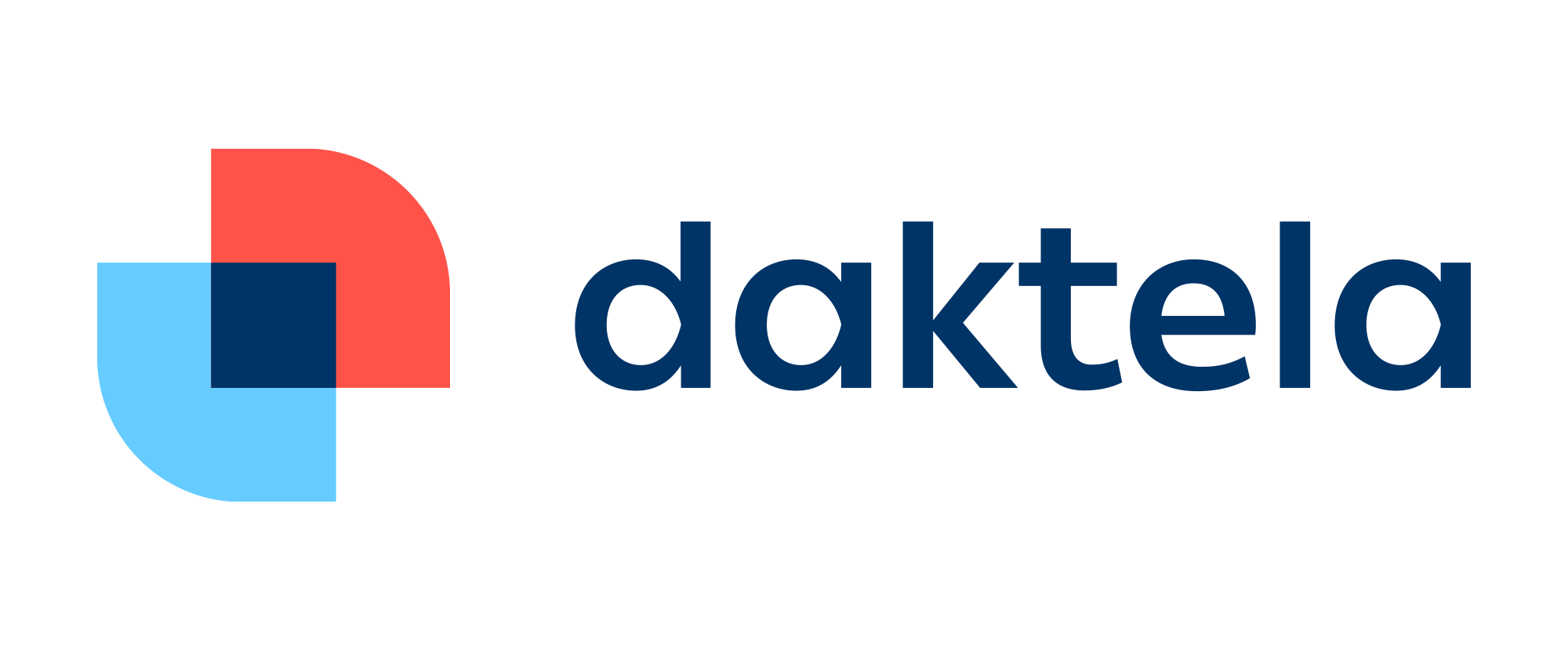If you can’t see it, you can’t measure it. If you can’t measure it, you can’t manage it.
Whilst a little dated, the underlying message remains the same, especially during these times when your people work away from the office, sometimes at home, sometimes in distributed locations.
Therefore “information is king”, knowing what’s happening, knowing who’s trying to contact you, and knowing what your people are doing, becomes vitally important, more than ever.
Realtime information in a format suited to you, and telling you what you want to know, is a must.
The original wallboards were 1 or 2 lines of information. Often limited to red dots on a black background, but they were extremely useful. Thankfully, things have moved on and we have made giant leaps forward. We are now able to see specific information about specific customer contact. We can see who is trying to contact us and in what manner. Telephony, WebChat, SMS, Email, Social Media, it’s all available. Prioritising customer contact is simple.
Offering alternative solutions based upon realtime information may mean the difference between keeping and losing a customer. Knowing how long a customer is likely to wait can also help in deciding how long to keep them waiting.
Equally, knowing, and understanding the pressures your people are under, will help you decide upon workloads. “Burn out” of your staff must be avoided and knowing how busy they are can also help you decide upon your strategies. Having the ability to changed strategies “on the fly” either automated or manually, will protect your most important assets, your people, and to safeguard your business.
Modern wallboards can be displayed anywhere. Yes, they can be on a wall, but they can also be on your PC, your TV, or even on your website! Imagine allowing your customers to be able to see what’s happening with their call or email or webchat! A suitable subset of information, keeping them informed of progress and offering alternative methods of contact, puts the power back in their hands.
Recently I had cause to call a Doctors Surgery. After waiting 15 minutes for an answer, listening to the same music and messages, I was ready to quit. But that wouldn’t help me. After 30 minutes I was very annoyed. Imagine if this was a travel or retail call, and not a Doctor call. I had no alternative other than wait. If I were purchasing a product, I would have hung up and tried elsewhere.
With new technology, it would have been great to see where I was in the queue and choose to move to a webchat or email queue. Not only would I get answers that I need, but the queue would reduce and maybe others, with more serious concerns could have been answered sooner.
After the event is equally as important. Understanding what’s happened will help you decide on your future. Your procedures and processes can be modified to provide a better service. To allow your people to be better utilised. To focus on keeping and growing your business.
Not everyone is interested in SLA’s. “80% in 20 seconds” is a statement that should be confined to the past. First Time Fix, or Resolution too.
How about Dynamic Customer Service? How about providing what your customers want, when they want it, and how they want it. How about providing a Customer Experience that surpasses expectation and becomes the norm?
Breaking barriers, exceeding expectations, and ultimately becoming the best that you can, is now within your grasp.
Realtime and historical information can help you move forward with purpose. Don’t just answer your customers queries, predict them, answer them, and allow your brand to become legendary. Customers will come to you, new and old.







